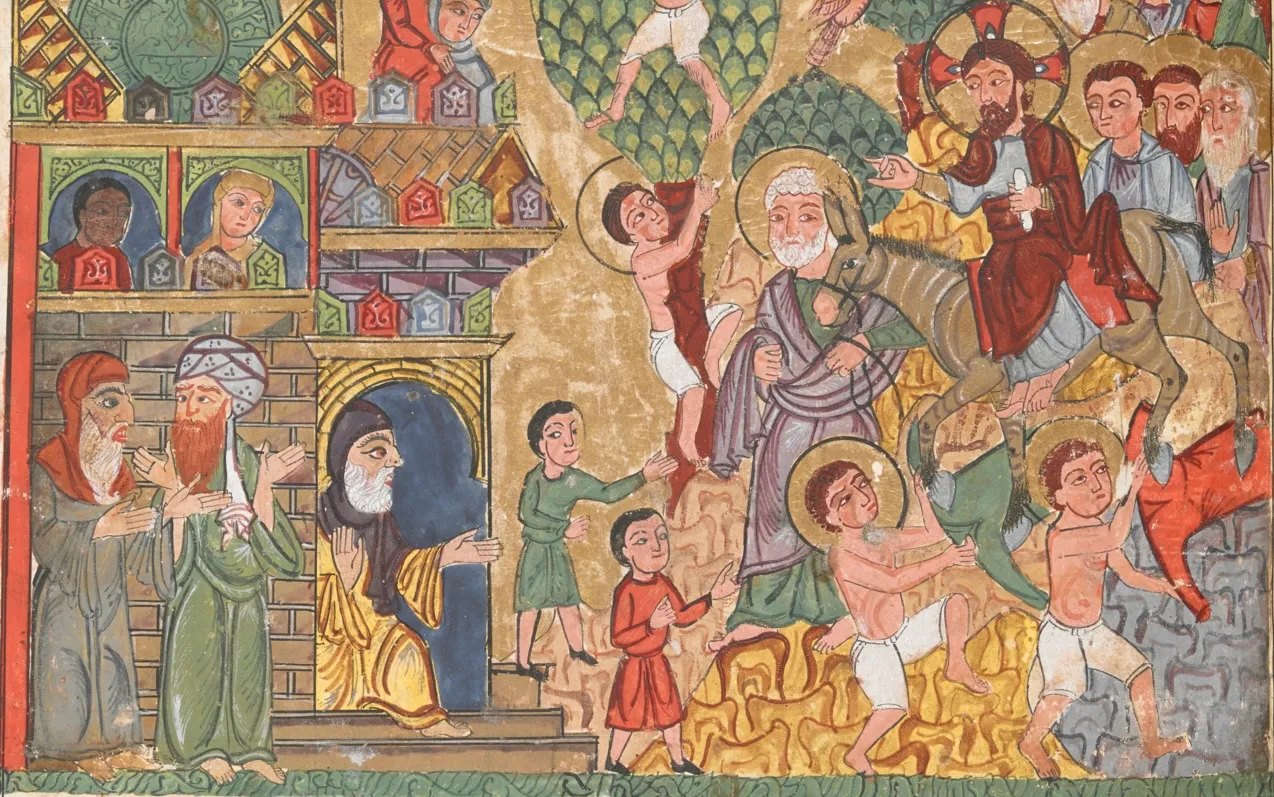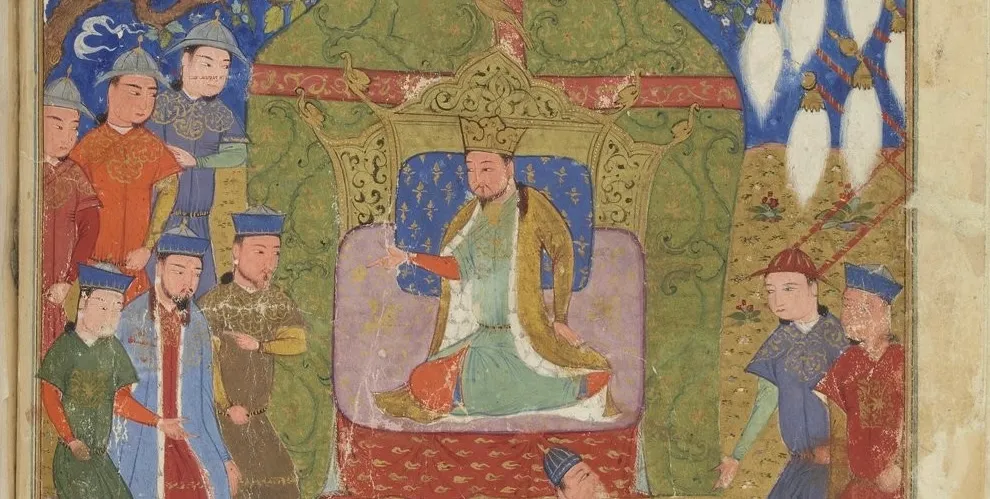“Write Me a Letter Every Week”: Afroeurasian Trade and Integrating Jews into World History
Discussion of integrating Jewish history into world history with an emphasis on Jewish participation in Afroeurasian trade
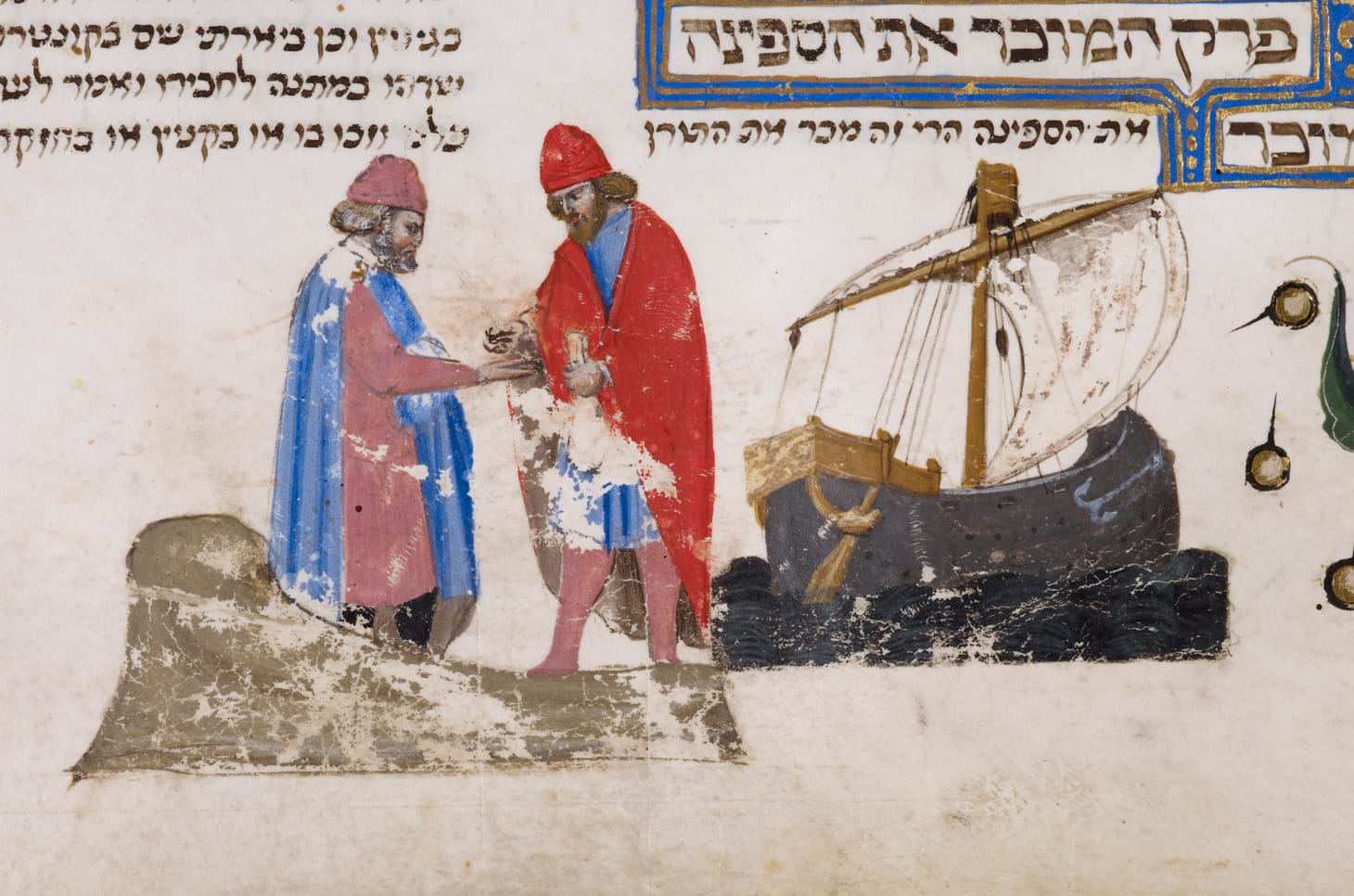
I grew up in the Northeastern United States in a family of Reformed Jews. I was fortunate to have a large extended family, including a great-grandmother who had left Russian-controlled Lithuania as a young girl and emigrated to the United States. My family didn’t follow many traditional Jewish practices, but I remember family reuniting on holidays and regularly visiting my great-grandmother. I grew up hearing family stories about their experiences and Jewish history. At a young age, I first learned about the Holocaust as one of many cases of antisemitism. Hardships and perseverance were the defining features of Jewish history.
When I was thirteen, my parents relocated to Houston. Although I didn’t understand it at the time, I became detached from my family and my heritage. When I moved back to Massachusetts for college, I found myself surrounded by family again and lots of Jewish friends. As I studied history, I also became increasingly interested in Jewish history. I remember sitting in the university library reading about Salo Baron and his critique of the lachrymose conception of Jewish history. Baron argued that the occasional outbursts of antisemitism should not define Jewish history. It was more important to focus on how they interacted with the societies in which they lived and how those societies shaped the Jewish communities. Baron’s description of a lachrymose (tearful) understanding of Jewish history was my childhood understanding of Jewish history.
When I began teaching world history and traveling, I visited sites of former Jewish communities around the world. It didn’t matter if I was in Egypt, China, India, Argentina, or Singapore, I kept finding the signs of formerly thriving Jewish communities. I sat in old synagogues and visited Jewish cemeteries. I visited museums that preserved the remains of local Jewish communities. These experiences always reconnected me to the stories of my childhood, but I also saw Jewish history differently.
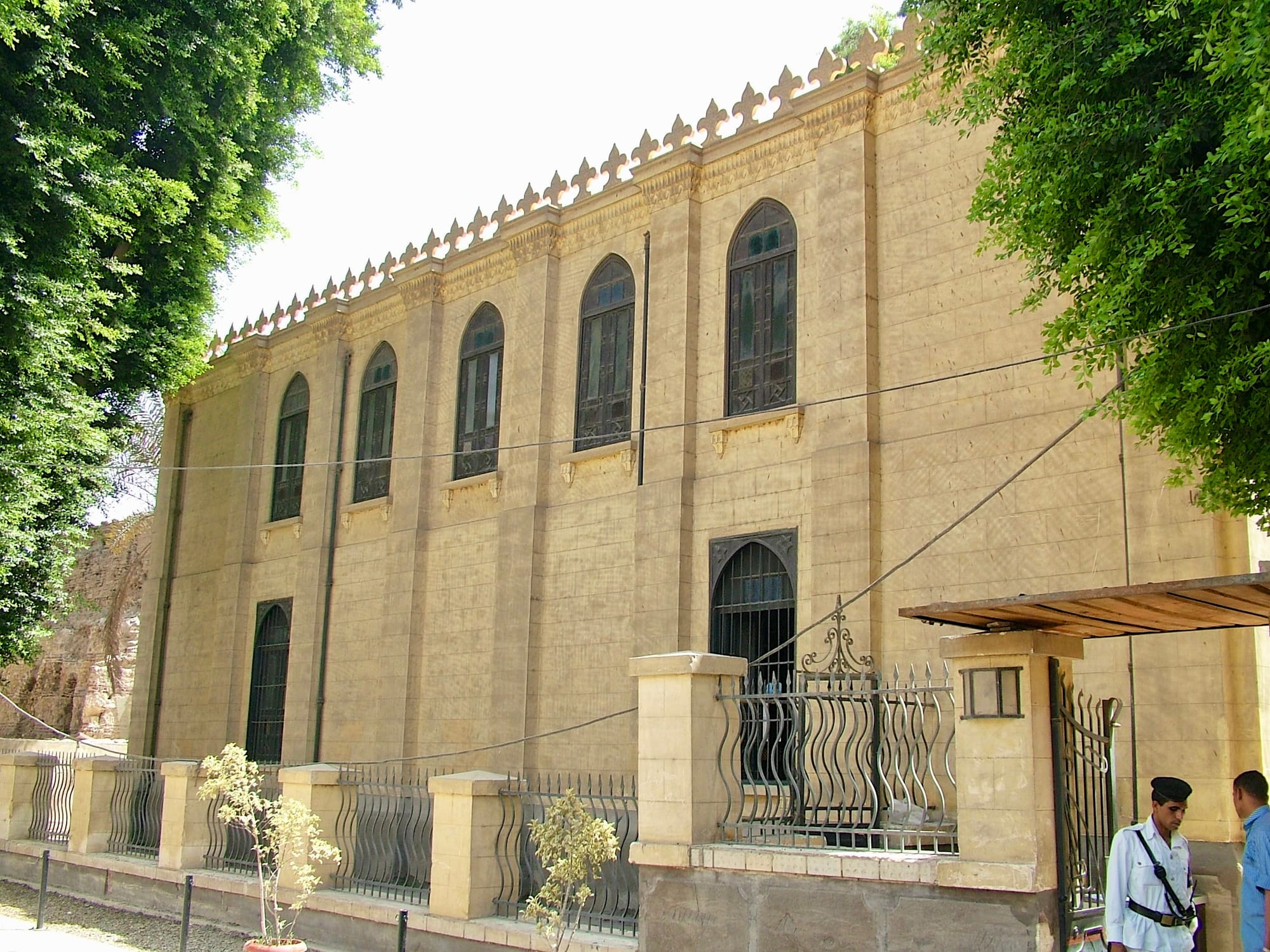
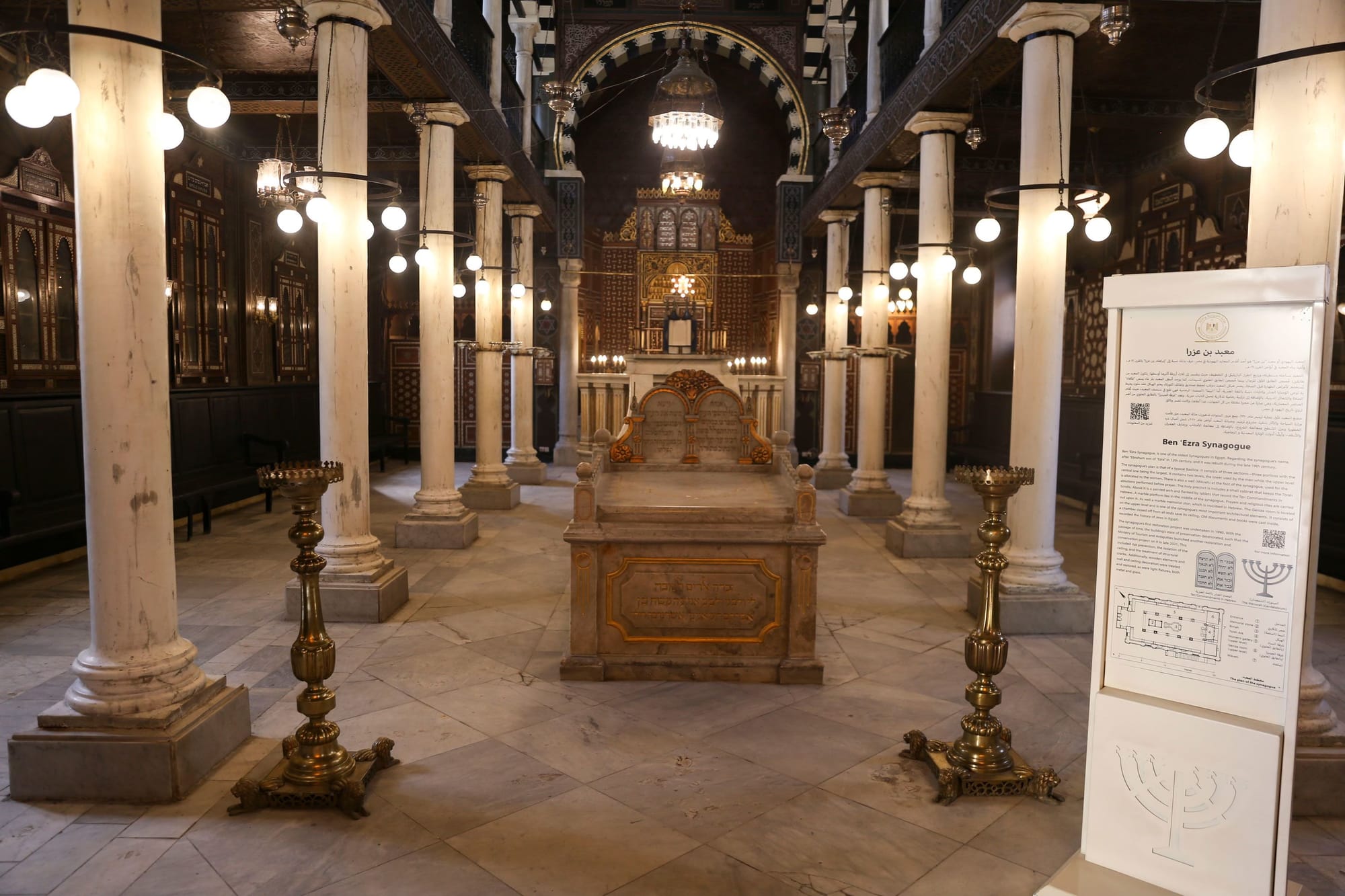
Left: My photo of the Ben Ezra Synagogue in Cairo from 2006. I wasn’t allowed to take photos of the interior at the time. Right: A recent photo of the interior after recent restoration work. Source: CNN.
Baron’s critique never left me. It was impossible not to see the violence Jews experienced - there was a reason these former synagogues now sat empty. But I focused more on why the synagogues were built in the first place rather than on why they now sat empty. Each trip became an opportunity to learn about thriving Jewish cultures worldwide. The global Jewish experience was rich and diverse.
This perspective shaped how I taught world history. I noticed world history textbooks tended to have chapters about the origins of Judaism and then only brief mentions of antisemitism until the Holocaust. Rarely did textbooks describe the thriving Jewish communities whose remains I had seen in my travels. Teaching in a New York City independent school meant many of my students were Jewish. I wanted to present them and their classmates with a world history that included Jewish experiences beyond ancient Israel and the Holocaust. I found places in the curriculum where I could weave stories of Jewish communities as examples of the cross-cultural encounters that shape much of world history. Over the next month, I will focus on snapshots in Jewish history. This first post will highlight the role of Jews in Afroeurasian trade networks before 1500. Each week, I will discuss how we can integrate evidence of the experiences of Jews into many of the standard topics we teach in world history. By integrating the diverse experiences of global Jewry, we can also help students see Jewish history as more than ancient Israel and periodic outbursts of antisemitism.

